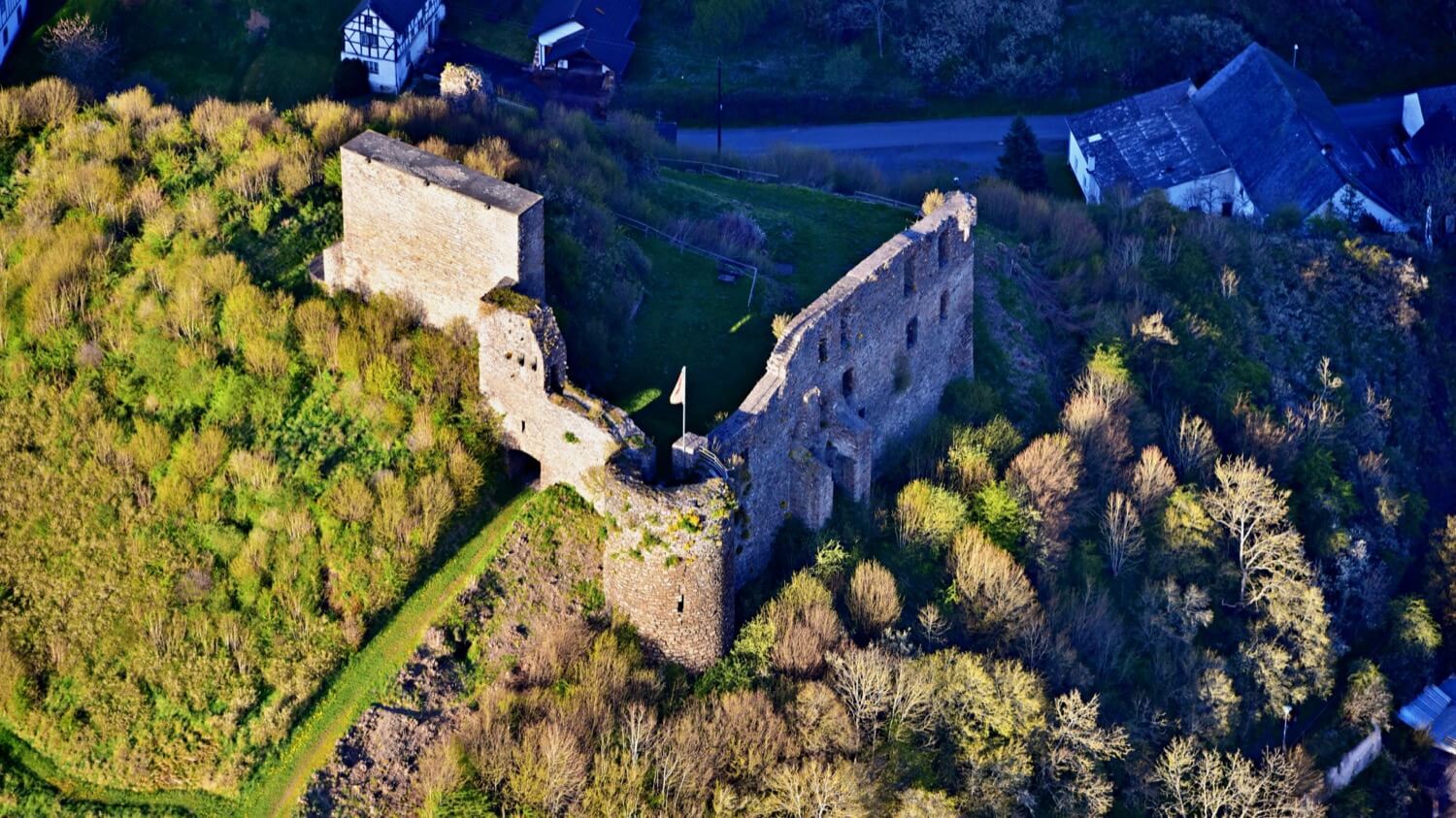Virneburg
Mayen-Koblenz Rheinland-Pfalz Germany
castle, chateau
Virneburg
Mayen-Koblenz Rheinland-Pfalz Germany
castle, chateau
Virneburg Castle is a ruined hill castle on a slate hill, 430 m above sea level (NHN), around which the Nitzbach stream flows
Die Burgruine Virneburg ist die Ruine einer Höhenburg auf einer vom Nitzbach umflossenen 430 m ü
Previous names
Virneburg, Virneburg
Description
Virneburg Castle is a ruined hill castle on a slate hill, 430 m above sea level (NHN), around which the Nitzbach stream flows. It stands above the village of Virneburg in the county of Mayen-Koblenz in the German state of Rhineland-Palatinate.
History
The castle was probably built in the second half of the 12th century as a fief of the count palatine. The first record of the castle can be found in an 1192 document, in which the brothers Godfrey and Frederick of Virneburg gave their castle Vernenburgh together with the county and all its estate to the Archbishop of Trier, John I, as a fiefdom. This document is not preserved in the original, the 16th-century copy is either a faulty translation or a forgery due to the wording contained therein, which was not yet customary around 1200.
The lords of Virneburg, later elevated to the rank of count, are first mentioned in a document by the Archbishop of Trier, Poppo, in 1042 where a certain Bernhardus de Virneburch is recorded. At that time, feudal sovereignty had passed to the counts of Sayn, but John of Sayn relinquished it in 1358 to the counts palatine, with the exception of the castle, which was still mentioned in 1506 as a male fief to the counts of Sayn, even though the counts of Virneburg no longer recognised their feudal sovereignty.
In 1339, Count Rupert of Virneburg gave part of the castle to the Elector of Trier, Baldwin to pay off a debt. It refers for the first time to the hoechste thurn ("highest tower"), probably the old bergfried built when the castle was constructed.
In 1414, the counts of Virneburg had to hand over the rest of the castle to the Archbishop, Werner of Falkenstein, to whom the county had always been a thorn in the side. Only a few years later, however, the people of Virneburg succeeded in redeeming their castle from being an enfeoffment of Trier. On the death of Count Cunos of Virneburg in 1545, the Virneburg family died out.
Its heirs were the counts of Mark-Arenberg and then the counts of Manderscheid-Blankenheim before being confiscated a little later by Trier as a terminated fiefdom. Following an objection by the counts of Manderscheid-Schleiden, however, it was returned to them in 1549 as a fiefdom. The property was acquired in 1600 by Löwenstein-Wertheim.
An inventory of the castle made at that time lists twelve rooms. The bergfried had been replaced and was given a new chemin de ronde in 1623, but by 1663 the castle was described as being very dilapidated, especially "on the sides with the high walls and well". A restoration was postponed at that time and, in 1665, the walls in the front and upper courtyard of the castle had "completely fallen down and unrestored". In 1670, the dilapidated bergfried was demolished and rebuilt the following year. The dilapidated enceinte was repaired and the most necessary construction work was carried out in the castle.
When the French invaded the Eifel, the castle was blown up in 1689, the tower was completely destroyed, its residential buildings went up in flames, and the enceinte was slighted.
On the initiative of the Royal District Court of Adenau, the castle ruin was sold publicly on 19 January 1914 for 1,080 Marks to the Rhenish Society for the Preservation of Monuments and Landscape (Rheinischer Verein für Denkmalpflege und Landschaftsschutz).
Die Burgruine Virneburg ist die Ruine einer Höhenburg auf einer vom Nitzbach umflossenen 430 m ü. NHN hohen Schieferkuppe über der gleichnamigen Gemeinde im Landkreis Mayen-Koblenz in Rheinland-Pfalz.
Geschichte
Die Burg wurde wohl in der zweiten Hälfte des 12. Jahrhunderts als pfalzgräfliches Lehen errichtet. Die erste Erwähnung der Burg findet sich in einer Urkunde aus dem Jahre 1192, in der die Brüder Gottfried und Friedrich von Virneburg ihr Schloss „Vernenburgh“ nebst der Grafschaft und mit allem Zubehör dem Trierer Erzbischof Johann I. als Lehen auftrugen. Diese Urkunde ist im Original nicht erhalten, bei der Abschrift aus dem 16. Jahrhundert handelt es sich aufgrund der darin enthaltenen Formulierungen, die um 1200 noch nicht üblich waren, entweder um eine fehlerhafte Übertragung oder um eine Fälschung.
Die Herren von Virneburg, später in den Grafenstand erhoben, werden erstmals im Jahre 1042 in einer Urkunde des Trierer Erzbischofs Poppo mit „Bernhardus de Virneburch“ genannt. Damals war die Lehnshoheit an die Grafen von Sayn übergegangen, doch Johann von Sayn tritt diese 1358 wieder an die Pfalzgrafen ab, mit Ausnahme der Burg, die noch 1506 als Mannlehen der Grafen von Sayn genannt wird, jedoch erkannten die Grafen von Virneburg deren Lehnshoheit nicht mehr an.
Graf Ruprecht von Virneburg gab 1339 dem Trierer Kurfürsten Balduin gegen Erlass einer Schuld einen Teil der Burg zu Lehen, dabei wird erstmals der „hoechste thurn“ genannt, wahrscheinlich der alte Bergfried der Erbauungszeit.
1414 mussten die Grafen von Virneburg auch den Rest der Burg an den Erzbischof Werner von Falkenstein abgeben, dem die Grafschaft immer schon ein Dorn im Auge war. Doch schon wenige Jahre später gelingt es den Virneburgern ihre Burg wieder aus der Trierer Pfandschaft zu lösen. Mit dem Tode Graf Kunos von Virneburg im Jahre 1545 erlischt das Geschlecht der Virneburger.
Erben waren die Grafen von der Mark-Arenberg, später kamen Schloss und Grafschaft an die Grafen von Manderscheid-Blankenheim, wurden wenig später durch Trier als erledigtes Lehen eingezogen, nach Einspruch der Grafen von Manderscheid-Schleiden wurde es 1549 jedoch als Lehen an diese zurückgegeben. Über diese ging der Besitz 1600 an Löwenstein-Wertheim.
Ein zu dieser Zeit angefertigtes Inventar der Burg nennt zwölf Räume. Der Bergfried wurde erneuert und erhielt 1623 einen neuen Wehrgang, doch bereits 1663 wird das Schloss als sehr baufällig bezeichnet, besonders „uf der Seiten gegen den hohen Mauren und Brunnen“. Eine Instandsetzung wurde damals verschoben, und 1665 waren die Mauern im vorderen und oberen Schlosshof „ganz abgefallen und völlig baulos“. 1670 wurde der marode Bergfried niedergelegt und im folgenden Jahr neu errichtet. Die baufällige Ringmauer wurde instand gesetzt und im Schloss die allernötigsten Bauarbeiten vorgenommen.
Beim Einmarsch der Franzosen in die Eifel wurde die Schlossanlage 1689 gesprengt, der Turm wurde völlig zerstört, die Wohngebäude gingen in Flammen auf, die Ringmauer wurde geschleift.
Auf Veranlassung des Königlichen Amtsgerichtes Adenau wurde die Burgruine am 19. Januar 1914 öffentlich für 1.080 Mark an den Rheinischen Verein für Denkmalpflege und Landschaftsschutz verkauft.
Useful information
Gratis
Gratis
Ruinen der Burg
-
Nearby castles
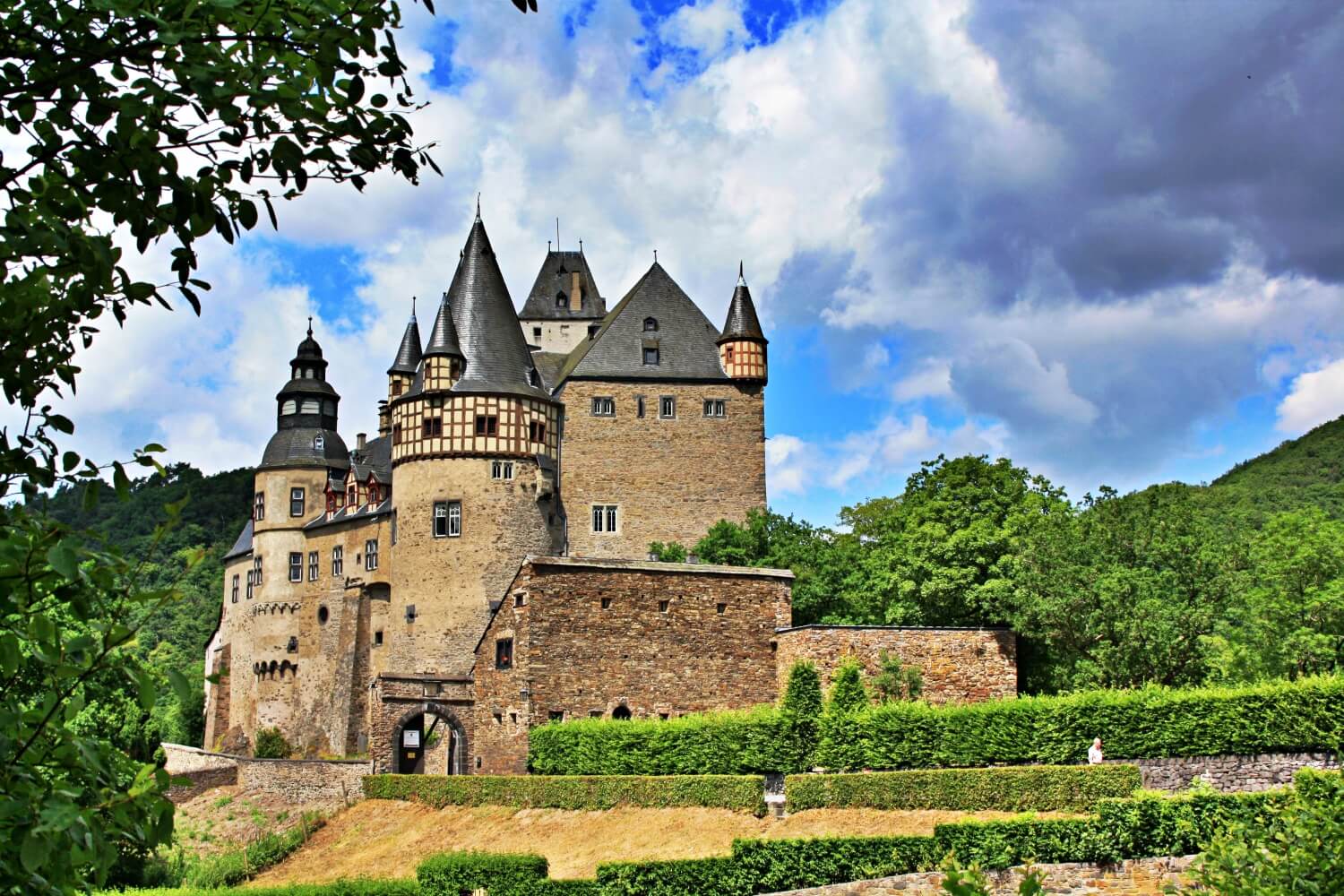
Schloss Bürresheim
Mayen-Koblenz
7.2km
castle, chateau

Nürburg
Landkreis Ahrweiler
8.9km
castle, chateau
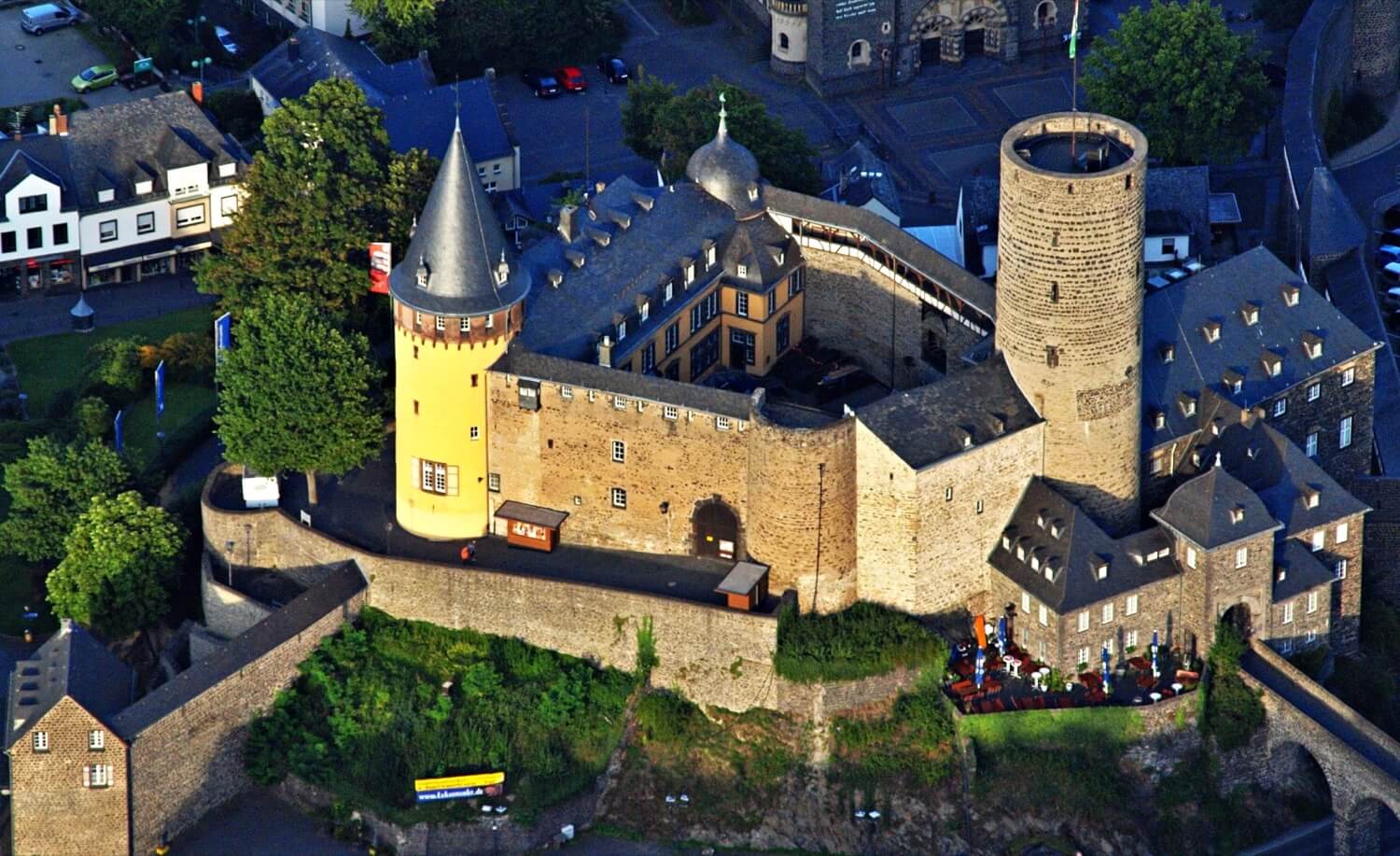
Genovevaburg
Mayen-Koblenz
10.2km
castle, chateau
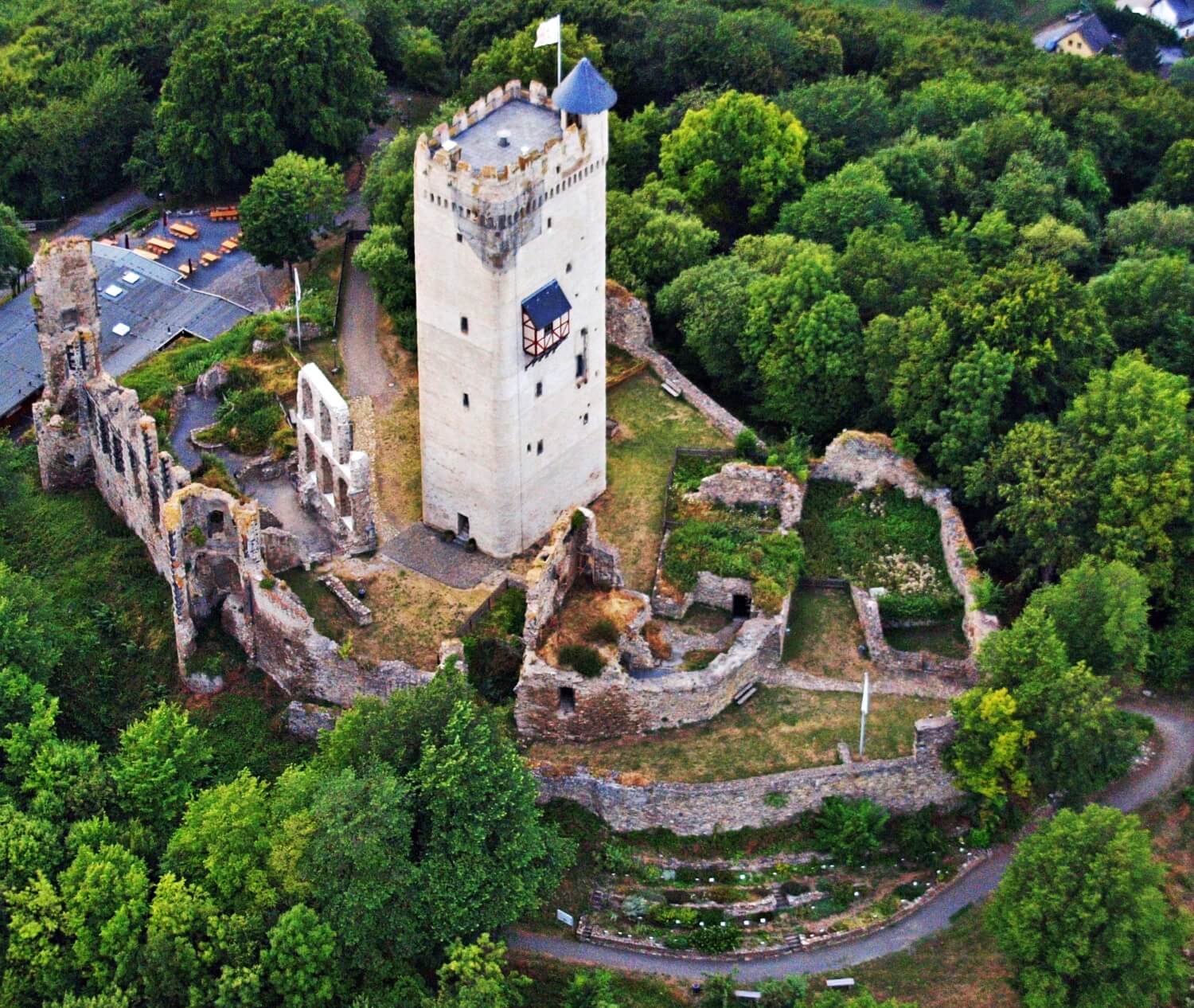
Burg Olbrück
Landkreis Ahrweiler
13.6km
castle, chateau

Ulmener Burgen
Cochem-Zell
16.5km
castle, chateau
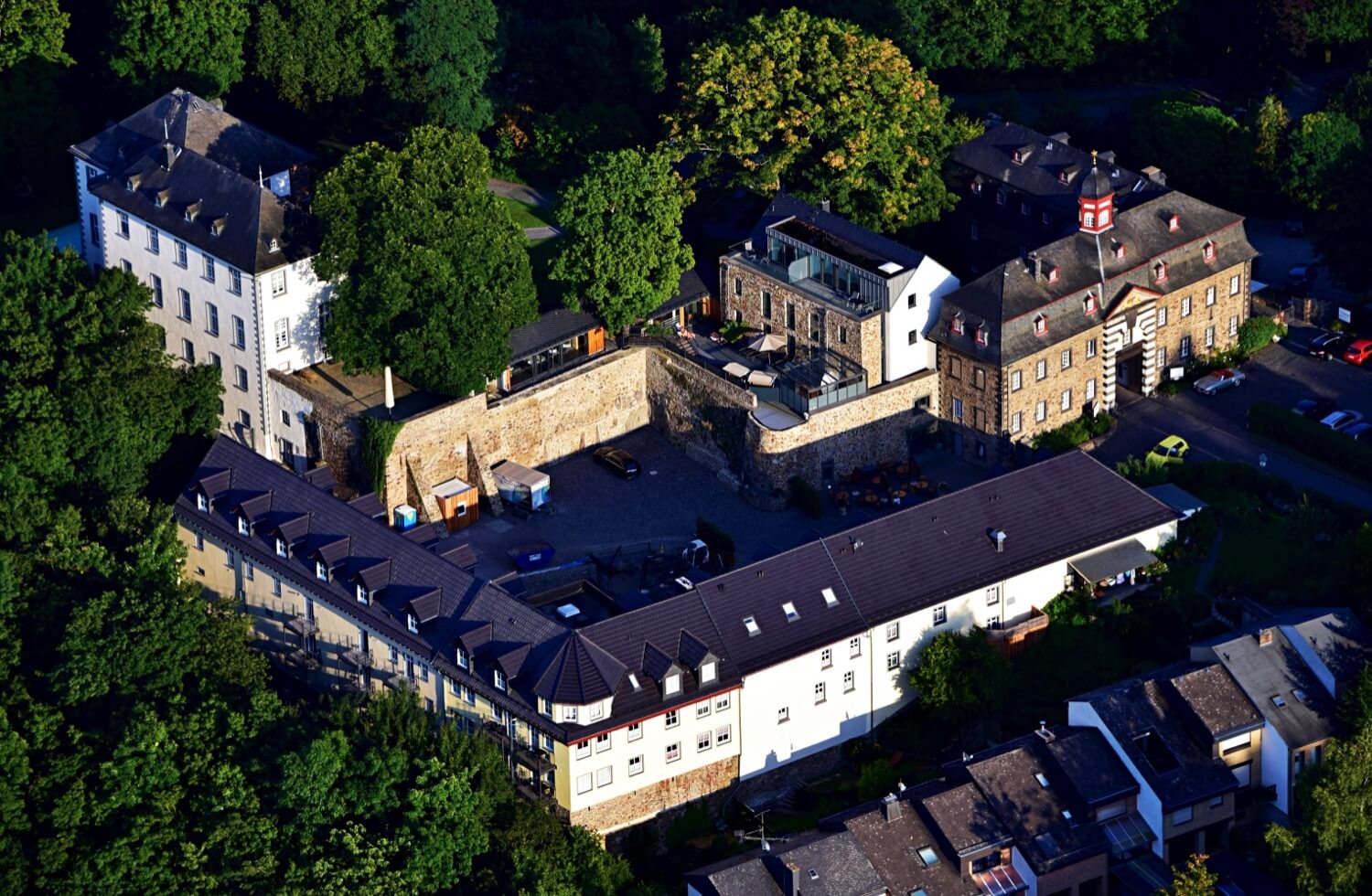
Schloss Burgbrohl
Landkreis Ahrweiler
18.7km
castle, chateau
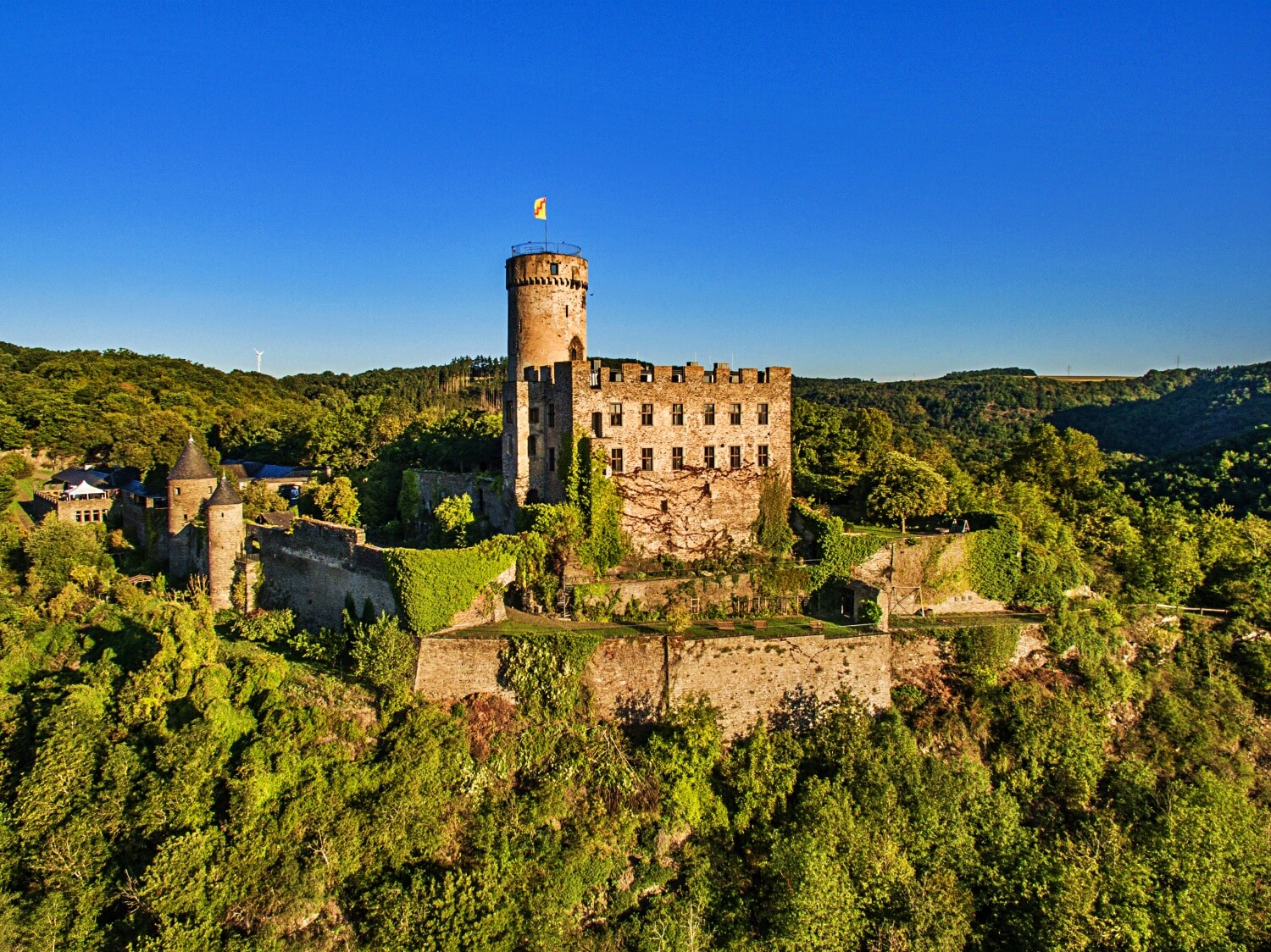
Pyrmont Castle
Cochem-Zell
18.9km
castle, chateau
